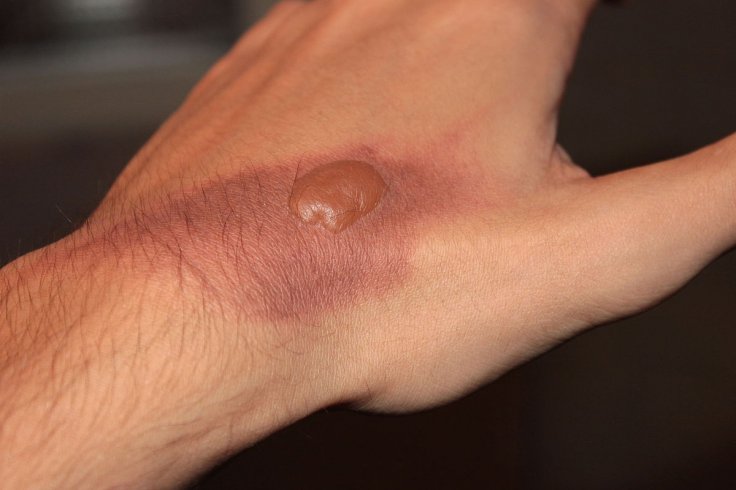Poison Hemlock, also known as Conium maculatum, is a toxic and invasive plant that creates havoc growing over parks, flower beds and gardens. It is not something you can grow in your backyard or neighborhood park.
However, in the last year, the plant moved closer to more populated regions of the United States, raising concerns among experts. The move has become worrisome for them since it is highly fatal, and it's more likely for people to come in touch with it.
Two-Year Life Cycle
Poison hemlock has a two-year life cycle. In its first year, it produces only leaves, and in the second year, it grows back from its roots to bloom and produce thousands of seeds that fall from September through December, or as late as the end of February.
These seeds are dispersed via fur, birds, water, and wind. This plant is native to Europe and North Africa, but has been seen in the United States for a while, experts say.

According to the University of Minnesota Extension, Poison hemlock is a prohibited species, which cannot be transported, bred, or sold. They list it as one of the deadliest plants that can be fatal to humans and livestock if consumed.
Usually found near railroad tracks, rivers, ditches, field edges, farms, and bike paths, this poisonous plant looks like Queen Anne's Lace and can grow anywhere from 2 to 10 feet tall. It thrives in shaded areas with moist soil and has smooth, hairless, deep green stems that usually have purple spots and strips. Those spots are good to distinguish poison hemlock from other plants. It has white blooms with 5 petals, just like Queen Anne's Lace, which can be quite confusing as well as hazardous.
According to the University of California Agriculture & Natural Resources website, if consumed, the toxic elements in this plant can affect the central nervous and respiratory systems of the human body. In cases, it can also cause some break out in a burn-like rash on the skin upon contact. So, it should be managed wearing protective clothing with long sleeves and trousers, safety glasses, and gloves, they suggested. The US Department of Agriculture also recommended a variety of ways to get rid of poison hemlock, through physical, cultural, biological, and chemical control options.

Experts say that there is no antidote for hemlock poisoning, however, it can it treated during the initial stages of infection, depending upon the quantity ingested.
Trembling, salivation, weak pulse, pupil dilatation, muscular paralysis, and loss of speech are prior symptoms of poisoning, but their severity can lead to significant consequences. Even a small amount of hemlock can be deadly, the USDA says. Not just humans, dogs, and cattle also fall prey to this peril due to its resemblance with other harmless plants.
Natural resource and other land management professionals have suggested reporting poison hemlock to the concerned authority for instructions and assistance.









